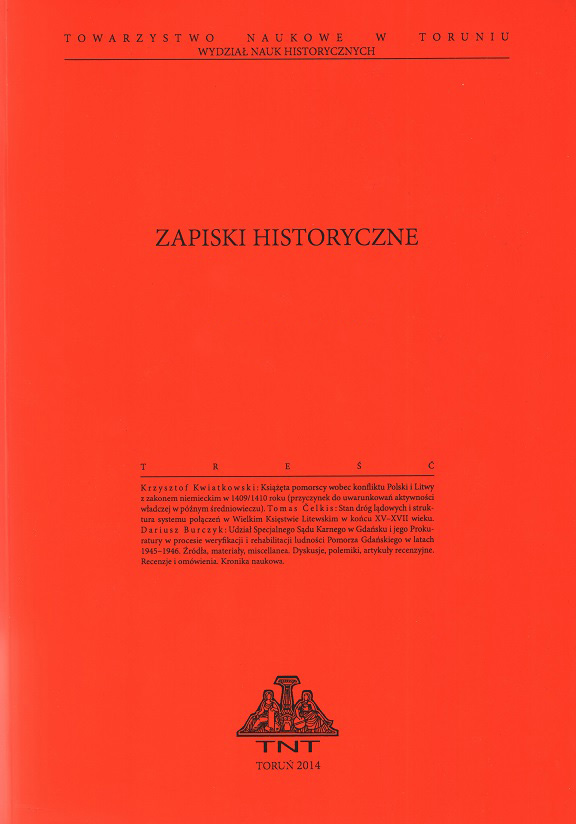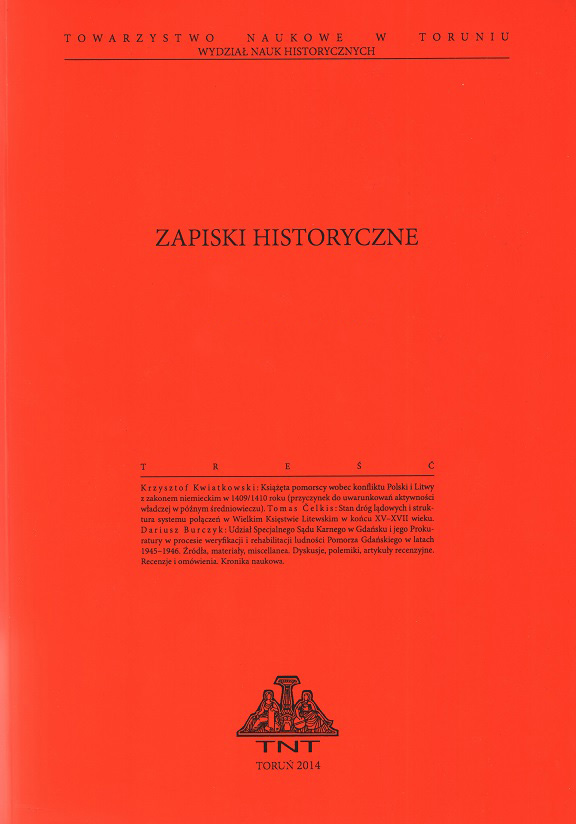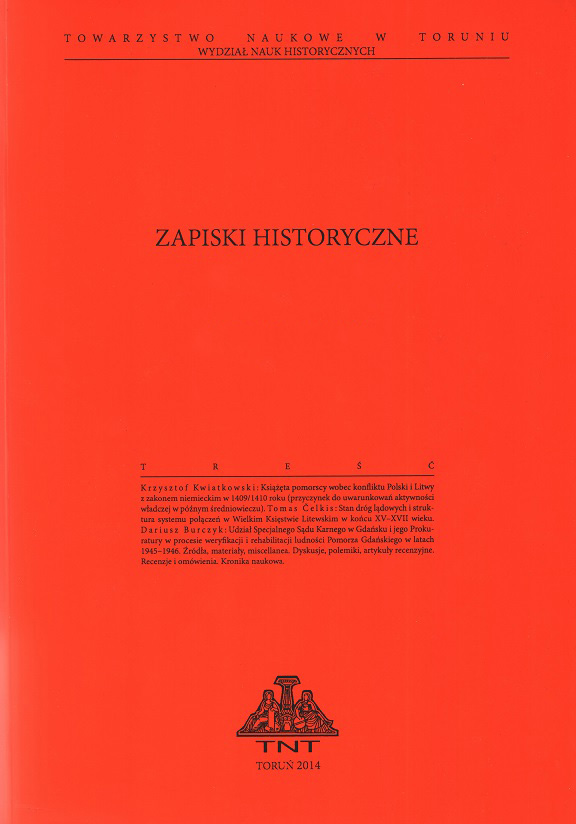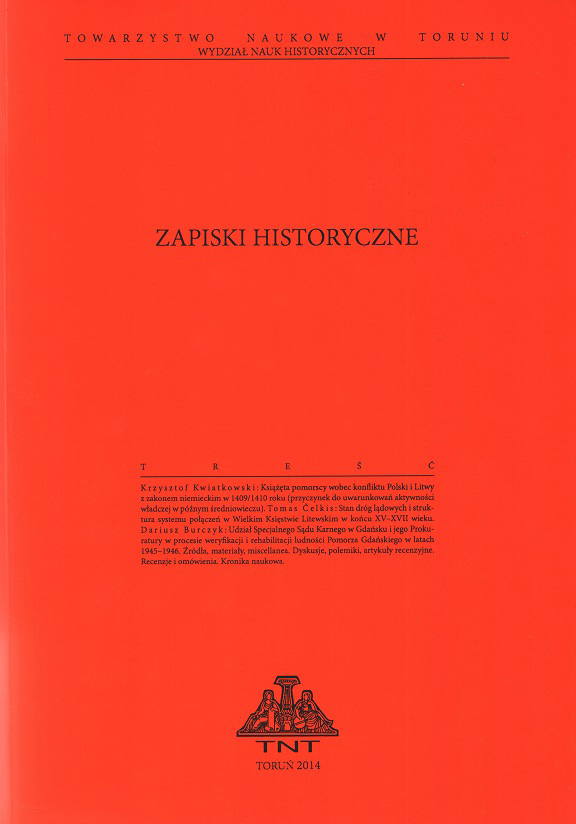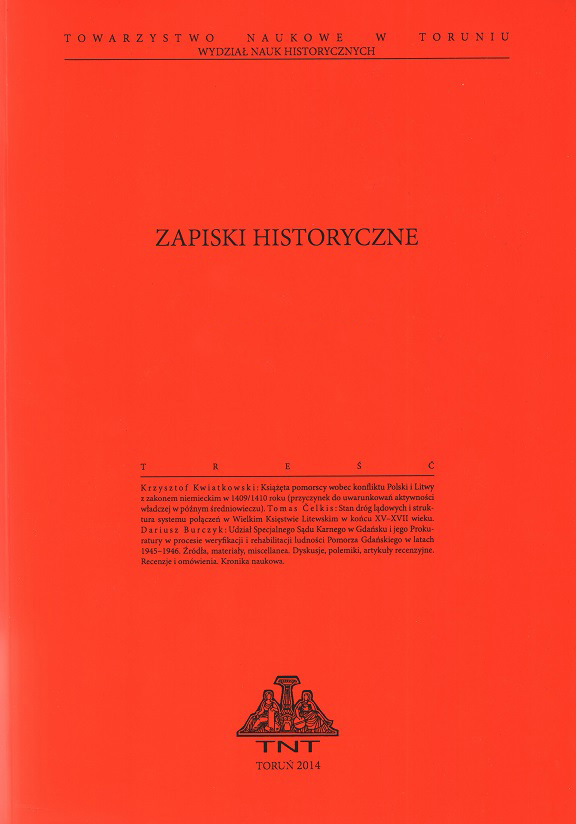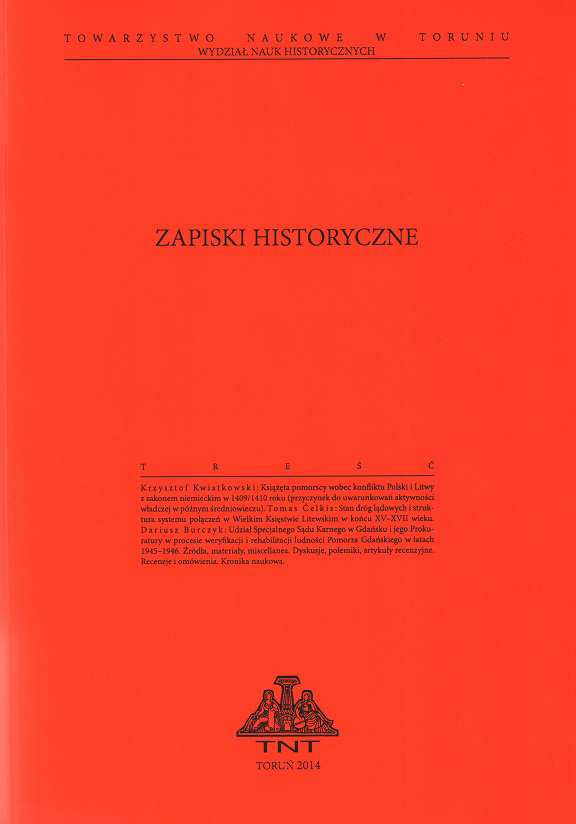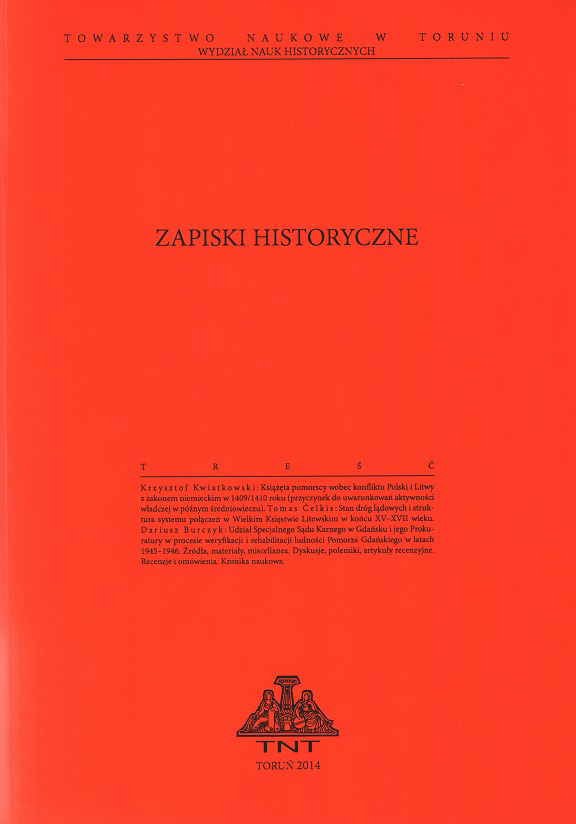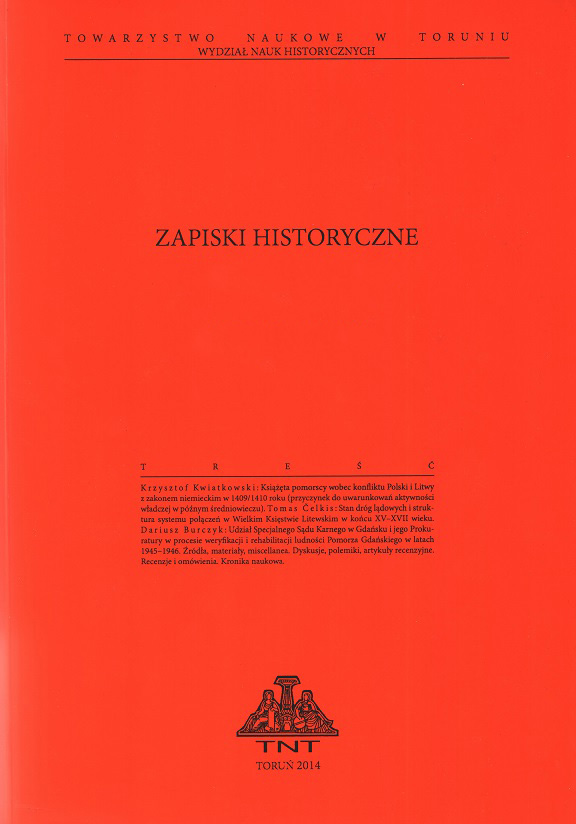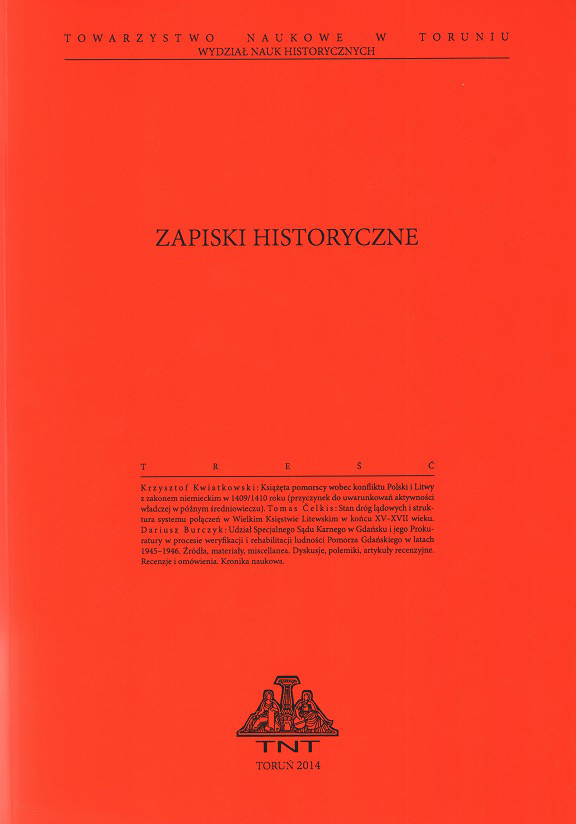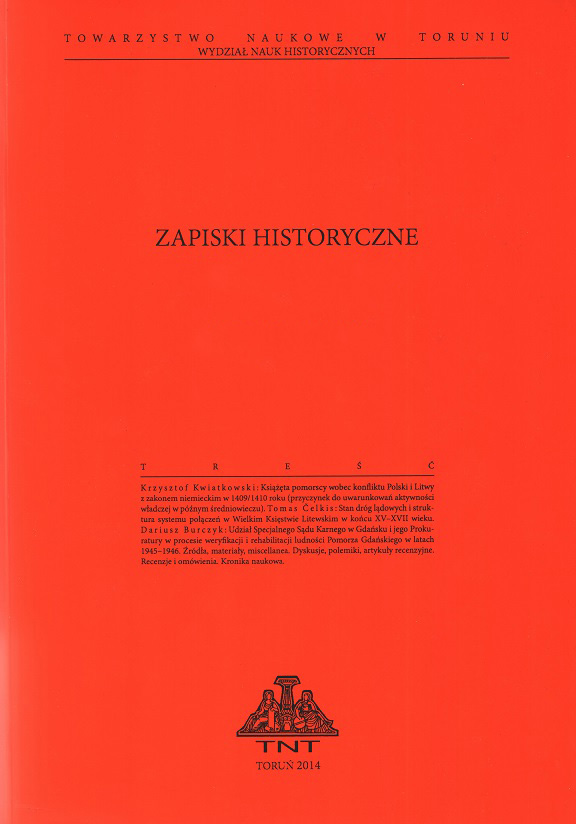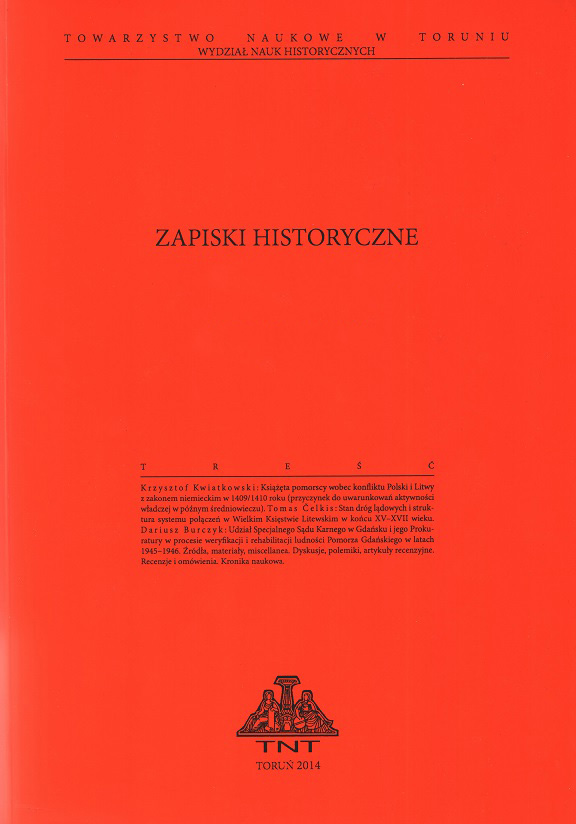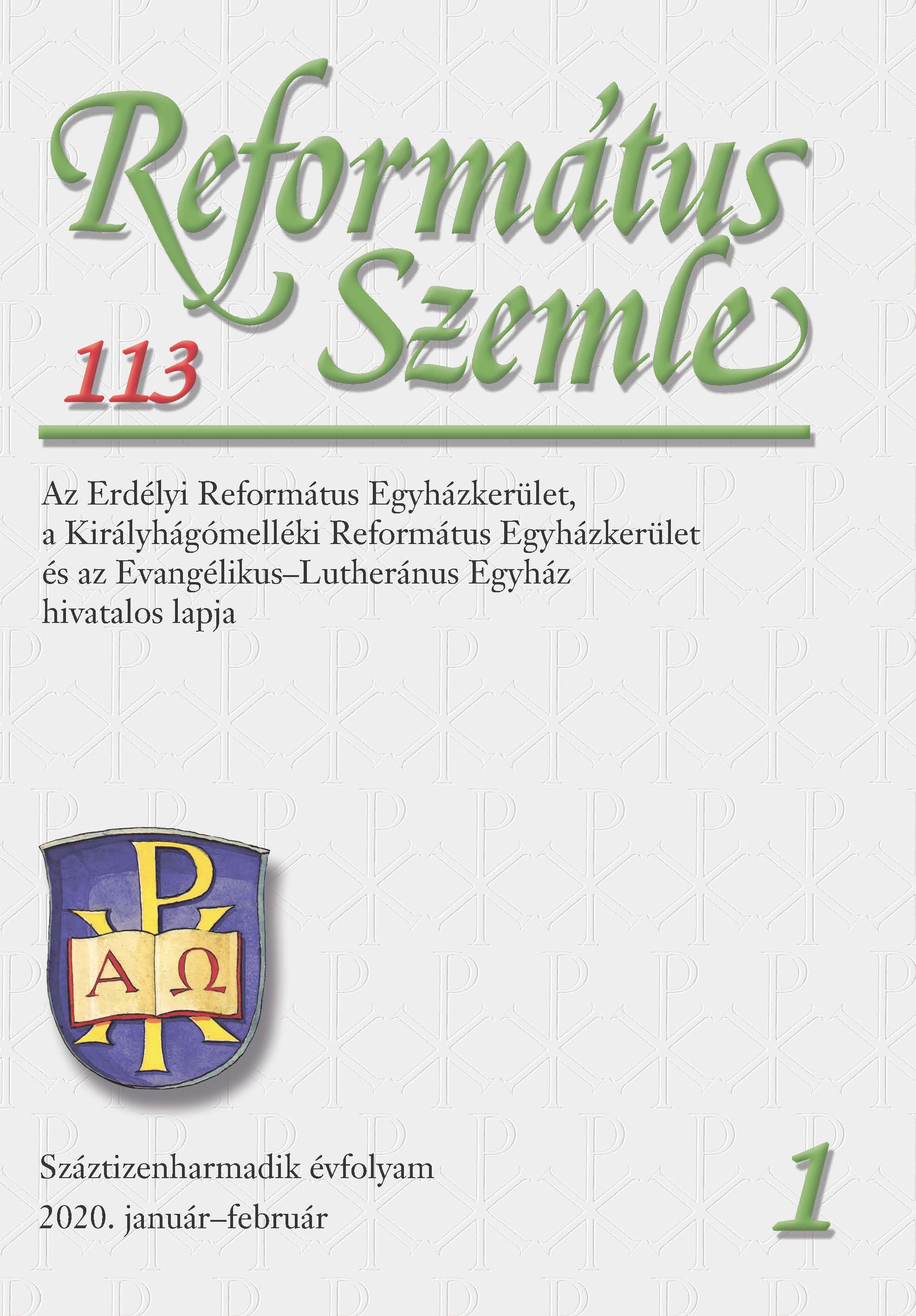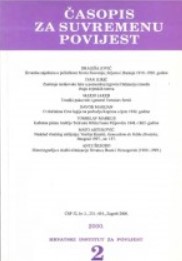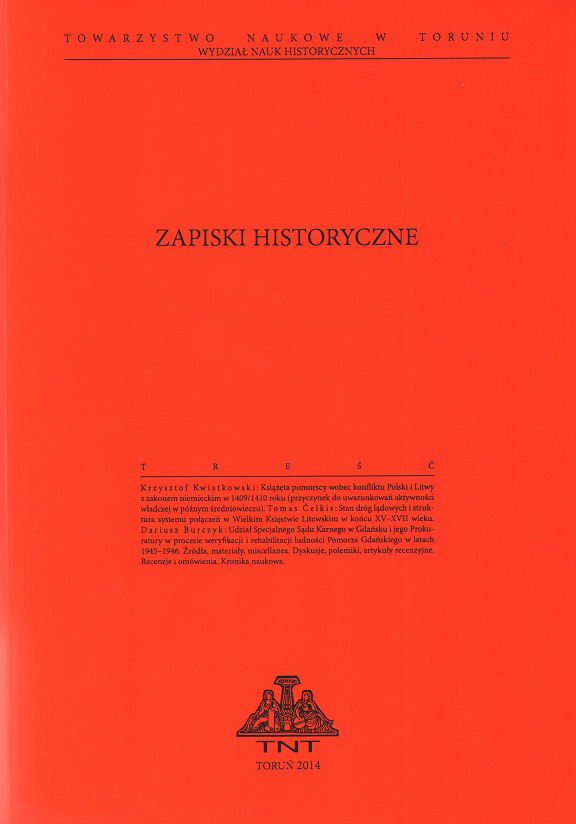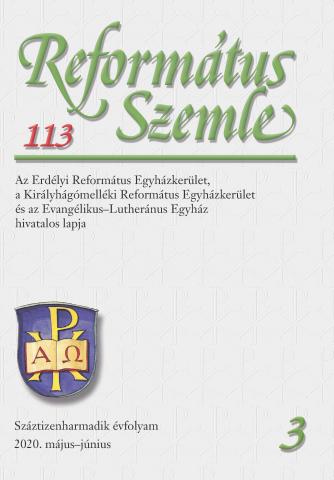Author(s): Carsten Jahnke / Language(s): German
Issue: 1/2019
Medieval Hanseatic merchants travelled to many places around Europe. It sounds trivial, but the fact that they were foreigners outside their own city-walls, caused many problems, i.a. in regard to their integration in the religious landscape abroad. To begin with, the following article shortly outlines the conditions of the pratique réligieuse of foreigners in the Orbis Catholicus. It shows what rules governed the life and death of foreigners in the religious sense, how and where Hanseatic merchants were allowed to attend masses, to confess and to take the holy communion; it also reveals what laws applied in the case of death in regard to the last unction and the burial. Secondly, the ways Hanseatic merchants handled different situations abroad were analysed. One may indicate their own chronological and geographical dimensions; the questions of power are also touched upon. It was stated that the Fourth Lateran Council of 1215 constituted a turning point, because it made the parish become a stable institution. Prior to 1215, merchants had been able to take their own priest with them or to establish their own churches abroad, as they were also later able to do this outside of the Orbis Catholicus. Nevertheless, after 1215 they had to adjust to the conditions inside the Catholic world, which made them adopt different approaches. If they were powerful enough, they could get their own parish churches or parish rights, like it was in the case of Visby, Riga, Bergen or the Scanian Fairs. Yet, it created new problems. If they were not powerful enough to have their own standing, they were integrated into the existing parishes abroad. There they tried to distinguish themselves by creating their own symbols or chapels inside the parish churches. However, it also caused complications, e.g. in the case of confession. How to confess and to get the absolution when the confessor did not understand the penitent? Mendicant orders could fill the gap, but this solution created even more problems. By taking a closer look at various areas of the Hanseatic trade, from Novgorod and Polotsk to London and Bruges, this article shows, in a more systematic manner, different solutions of the problems caused by ecclesiastical law and practical life. In the end, it can be shown that Hanseatic merchants abroad constituted an integral part of the sacred landscape of these foreign places, not only by using it, but also by actively shaping it. In this way, they were no longer foreigners abroad, but fratres Christiana.
More...
